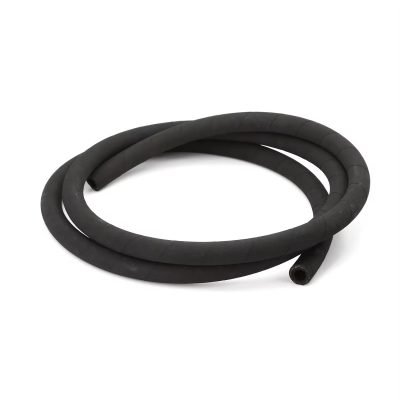In the automotive industry, rubber hoses are vital components that contribute to vehicle performance and safety. From cooling systems to fuel lines, rubber hoses are engineered to meet the specific demands of automotive applications. Their durability, flexibility, and resistance to various environmental factors make them an essential part of modern vehicles.
One of the key advantages of rubber hoses in automotive systems is their ability to handle high temperatures and pressures. Automotive engines generate significant heat, and rubber hoses are designed to withstand these conditions without degrading. This thermal resilience ensures that the hoses maintain their integrity and performance, even when subjected to the intense heat of the engine compartment. Additionally, rubber hoses are capable of handling high pressures, which is crucial for components such as fuel lines and brake systems.
Flexibility is another important feature of rubber hoses in automotive applications. Vehicles often have complex engine layouts and tight spaces, requiring hoses to navigate around various components. The flexibility of rubber hoses allows them to be easily routed through these confined areas without kinking or collapsing. This flexibility also helps in absorbing vibrations and movements, reducing wear and tear on both the hoses and connected parts.
Rubber hoses are also resistant to various environmental factors, including UV radiation and ozone. These factors can degrade less durable materials over time, leading to hose failures and potential leaks. Rubber hoses, however, maintain their performance and appearance despite prolonged exposure to sunlight and environmental pollutants. This resistance contributes to the overall reliability and longevity of automotive systems.
Furthermore, rubber hoses are designed to handle a range of automotive fluids, including coolant, oil, and fuel. Their resistance to these substances prevents degradation and ensures that the hoses continue to function effectively throughout their service life. This reliability is crucial for maintaining the safety and efficiency of vehicle systems.








